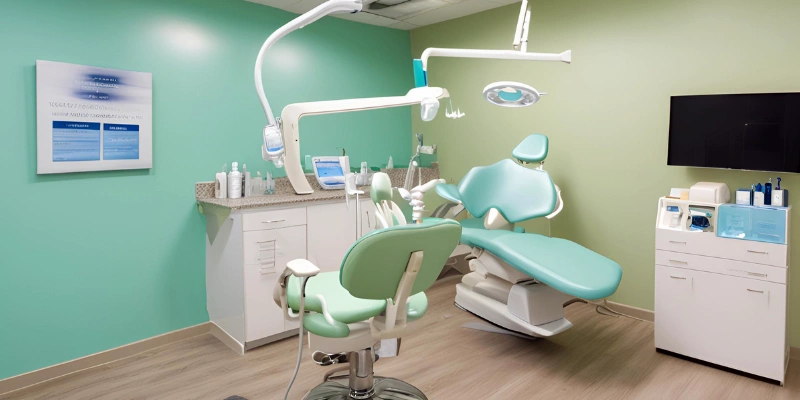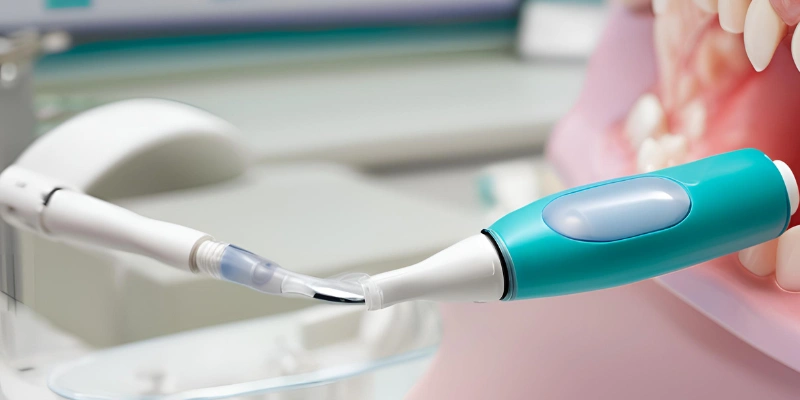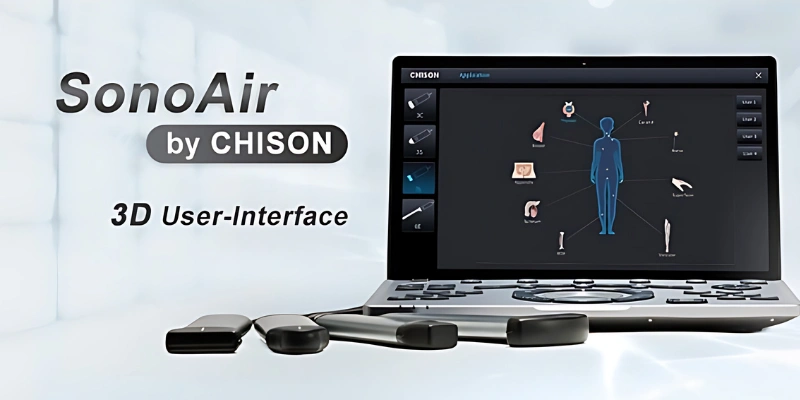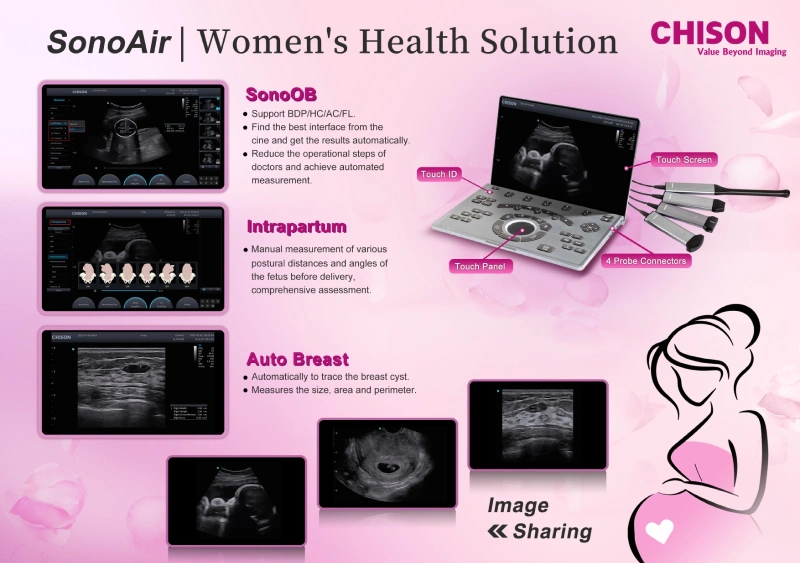Booming Growth Expected for the Dental Sterilization Industry with 6.4% CAGR from 2023 to 2032
As per a recent study by Allied Market Research (AMR), the global dental sterilization industry is expected to attain significant growth over the next decade.
The market is projected to increase from $1.4 billion in 2022 to $2.6 billion by 2032, at a CAGR of 6.4%.
This growth is driven by the rise in dental procedures, increased awareness of infection control, and stringent regulatory standards.
Key products in the market include dental autoclaves, ultrasonic cleaners, and surface disinfectants. North America currently dominates, while the Asia-Pacific region is expected to experience the fastest growth.
The Main Drivers of the Expected Market Growth
Escalating Number of Dental Procedures: There is a notable rise in dental surgeries and treatments globally, fueling demand for advanced sterilization equipment.
Increase in Infection Control Awareness: Growing awareness about the importance of infection control in dental procedures is leading to increased adoption of sterilization equipment and products.
Stringent Regulatory Standards: Strict regulations and standards for dental hygiene are pushing dental practitioners to invest in high-quality sterilization tools.
Product Segments
Autoclaves: Essential for sterilizing dental instruments using steam under pressure.
Ultrasonic Cleaners: Used for cleaning delicate dental tools through ultrasonic waves.
Surface Disinfectants: Crucial for maintaining a sterile environment in dental clinics.
Future Trends
Technological Advancements: Innovations in sterilization technology will continue to drive market growth.
Sustainability: Eco-friendly and energy-efficient sterilization solutions are gaining traction.
Integration with Digital Systems: Advanced sterilization equipment integrated with digital monitoring systems for enhanced efficiency and safety.





